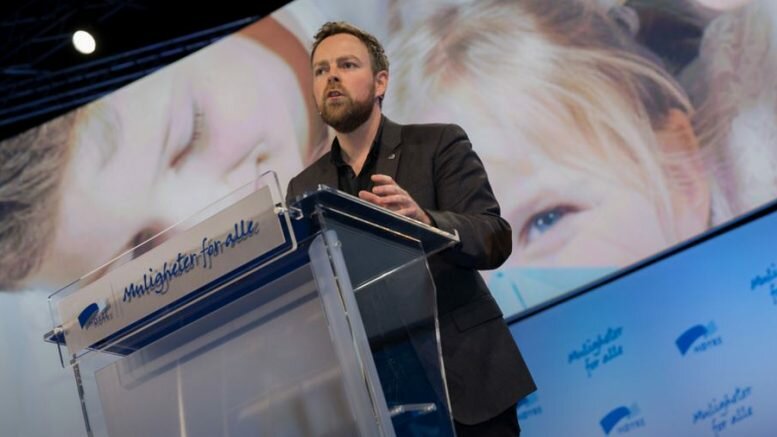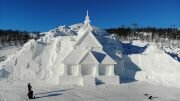Fewer choose science at high school, shows a new real-time barometer. This worries the Knowledge minister, Torbjørn Røe Isaksen (H).
In the autumn of 2015, the government launched its own science strategy. The barometer presented on Thursday is part of this.
“The fact that fewer select these subjects are worrying for recruitment to vocational professions and higher education,” says Røe Isaksen.
“In order to solve major societal challenges such as climate crisis, the grey wave and rapid technological changes, we need many talented scientists in the coming years, he believes.
The figures show that 42 per cent of students following a study selection program at upper high school chose the sciences in the autumn of 2016. This is a decline from the previous two years, when the proportion was 44 per cent.
Four out of ten students study sciences as a second-grade program in upper high school this school year , while six out of ten take languages, socionomics and economics.
Gender-divided
The fresh numbers show a clear gender distribution in many of the subjects in high school.
Whilst the girls choose biology, chemistry and social economics to a greater extent than boys, the boys are in clear majority in technology subjects, physics and mathematics, according to the Ministry of Education.
The real-time barometer for 2017 also shows that Norwegian students are doing better in maths and science than before. The basis is both the international surveys TIMSS and PISA and national maths test.
At the same time last year, one in five students from the 10th grade of Secondary school graduated with grade 1 or 2 in mathematics.
“These students can have big problems with completing high school and getting a job later in life,” says Røe Isaksen.
Source: NTB scanpix / Norway Today
————————-




